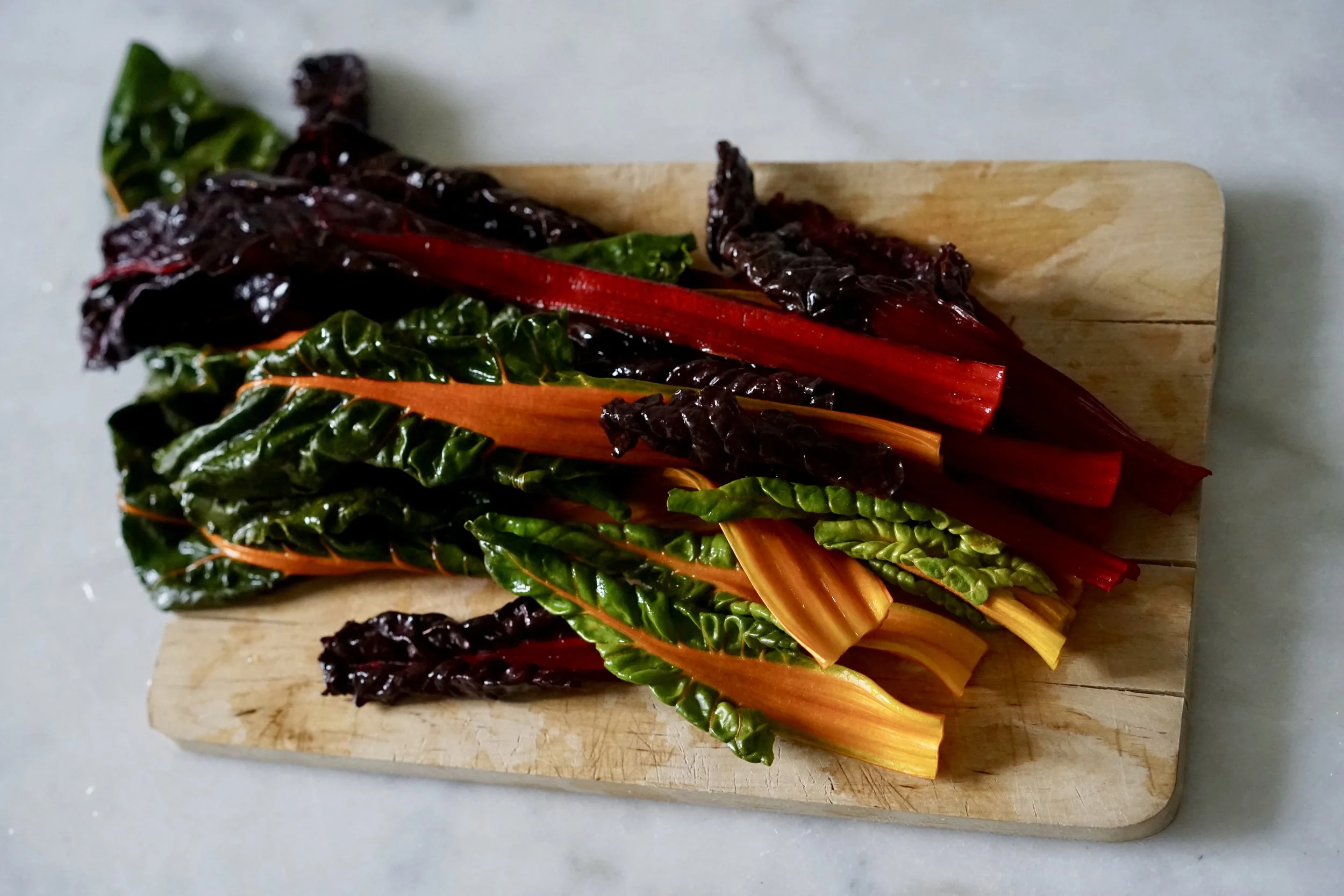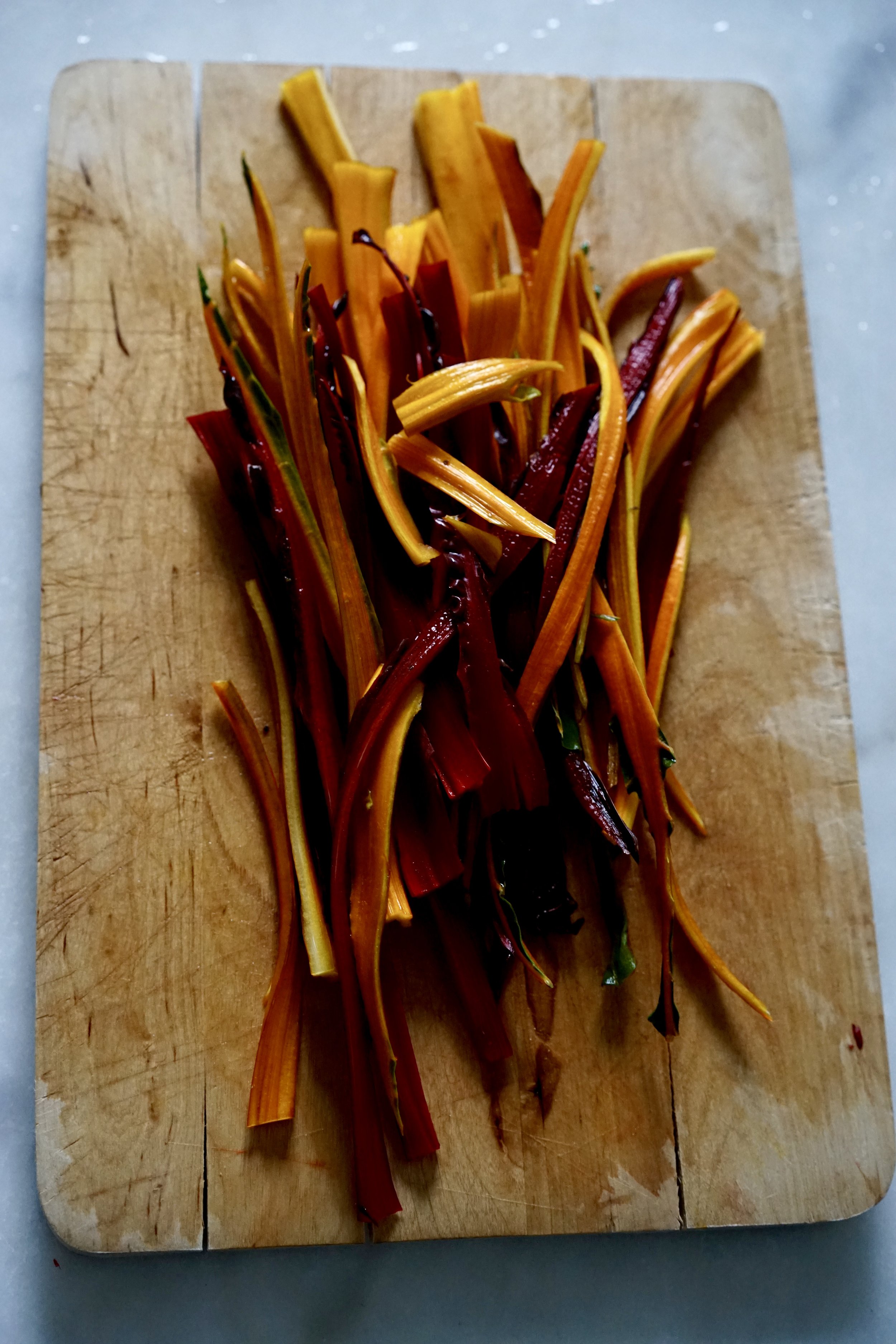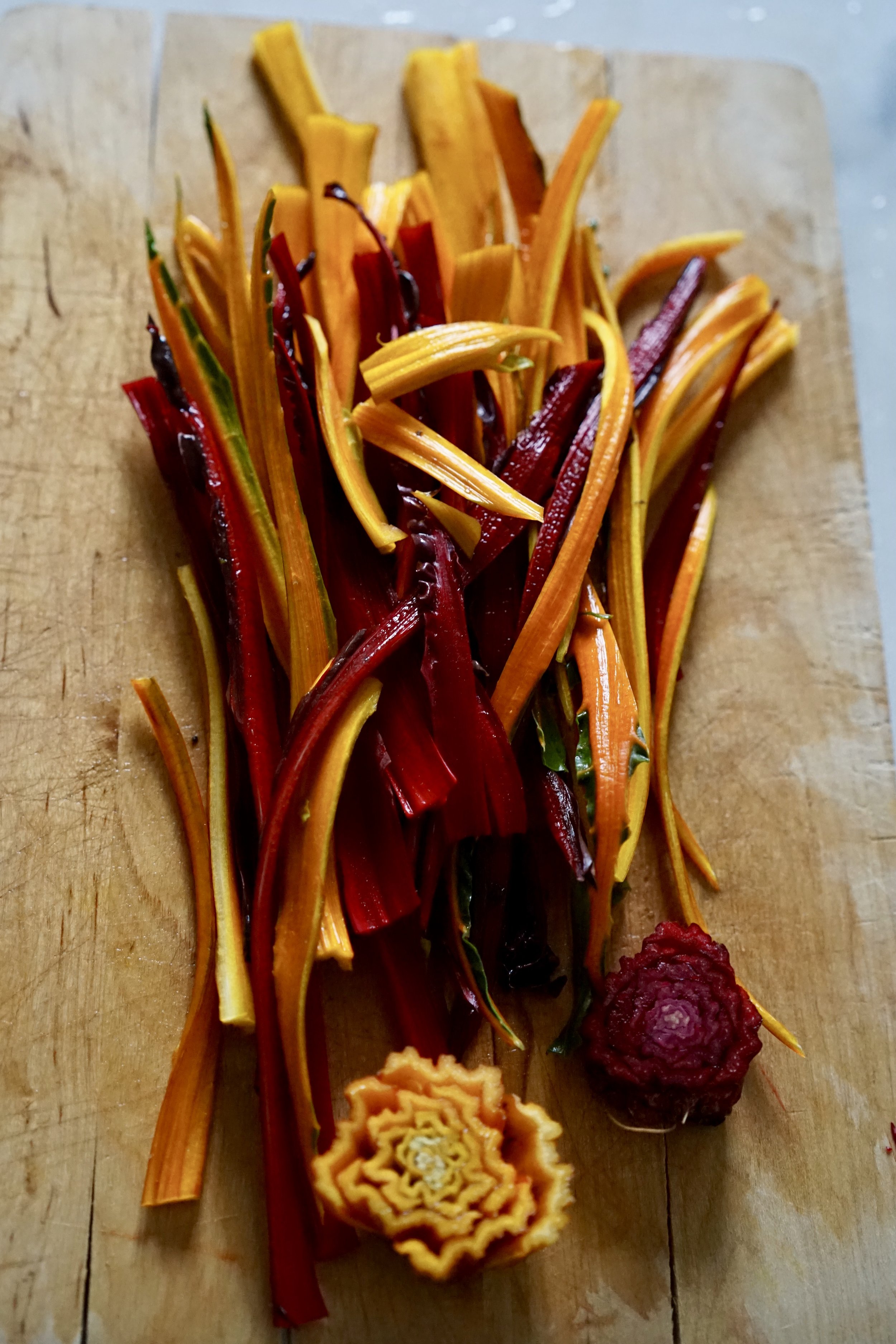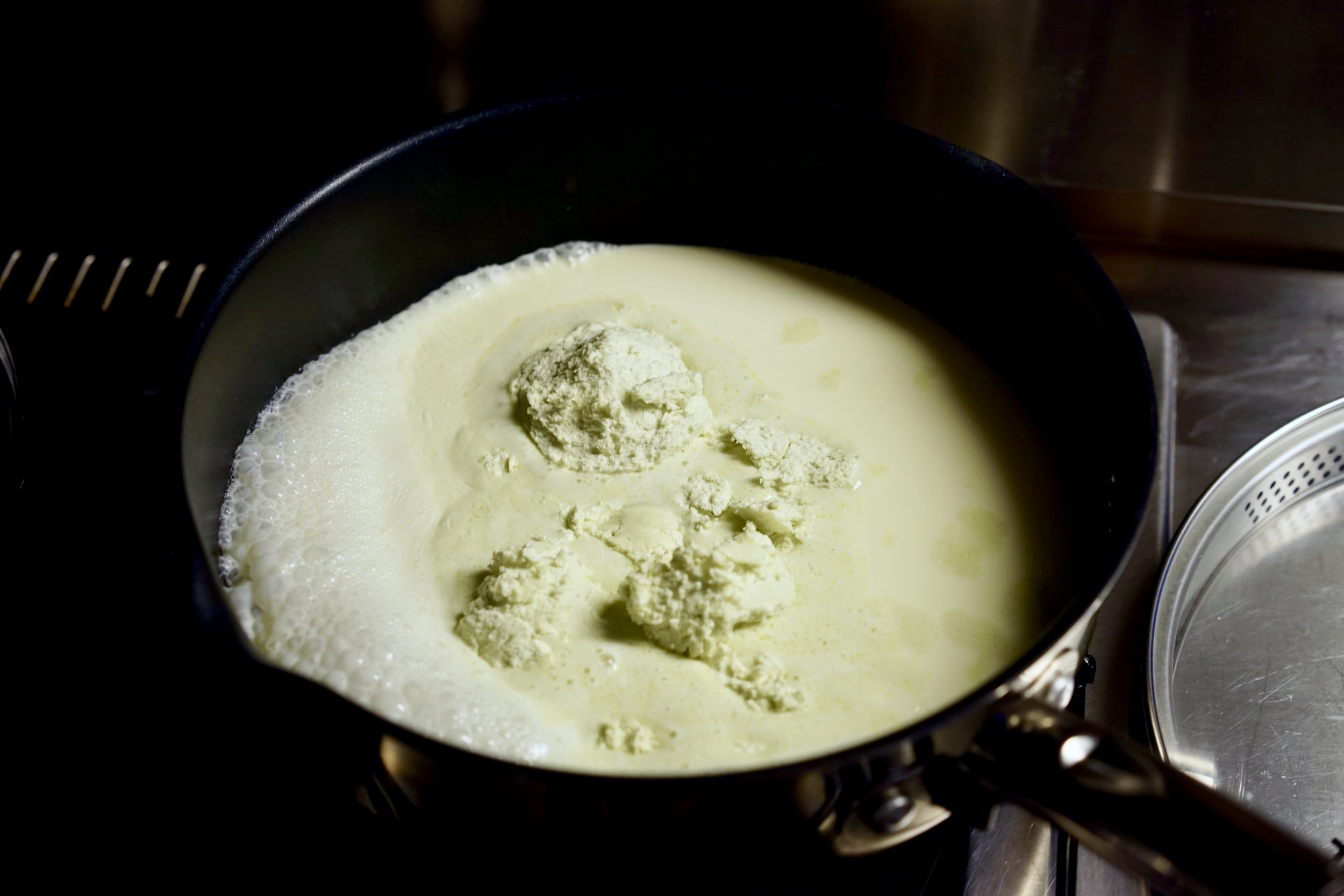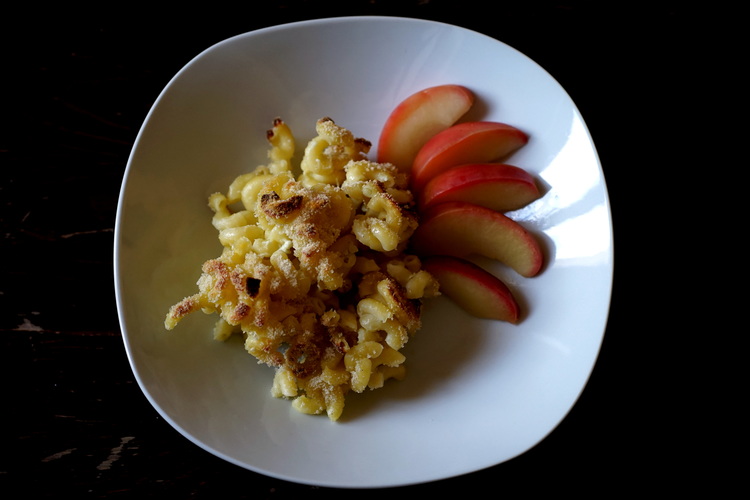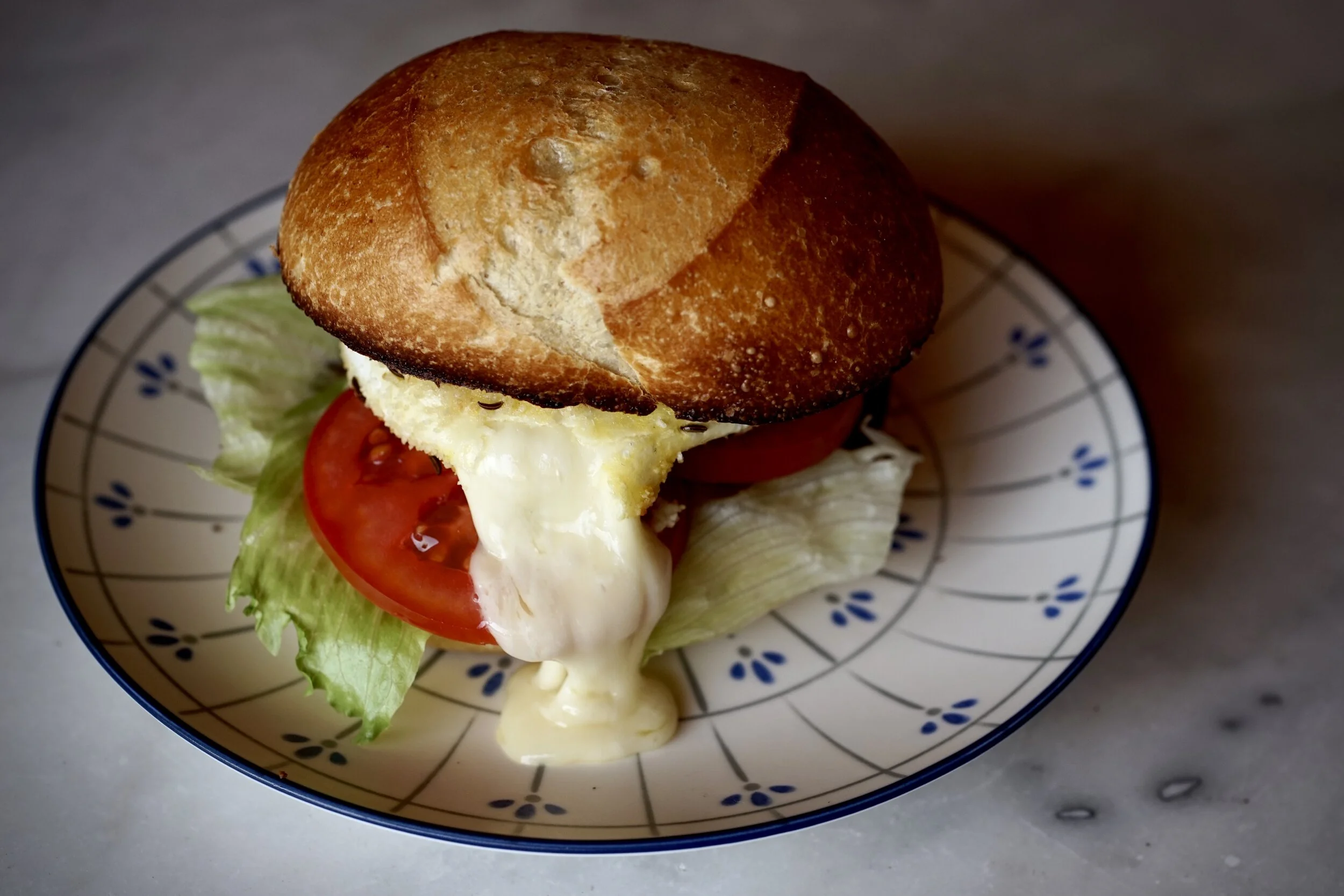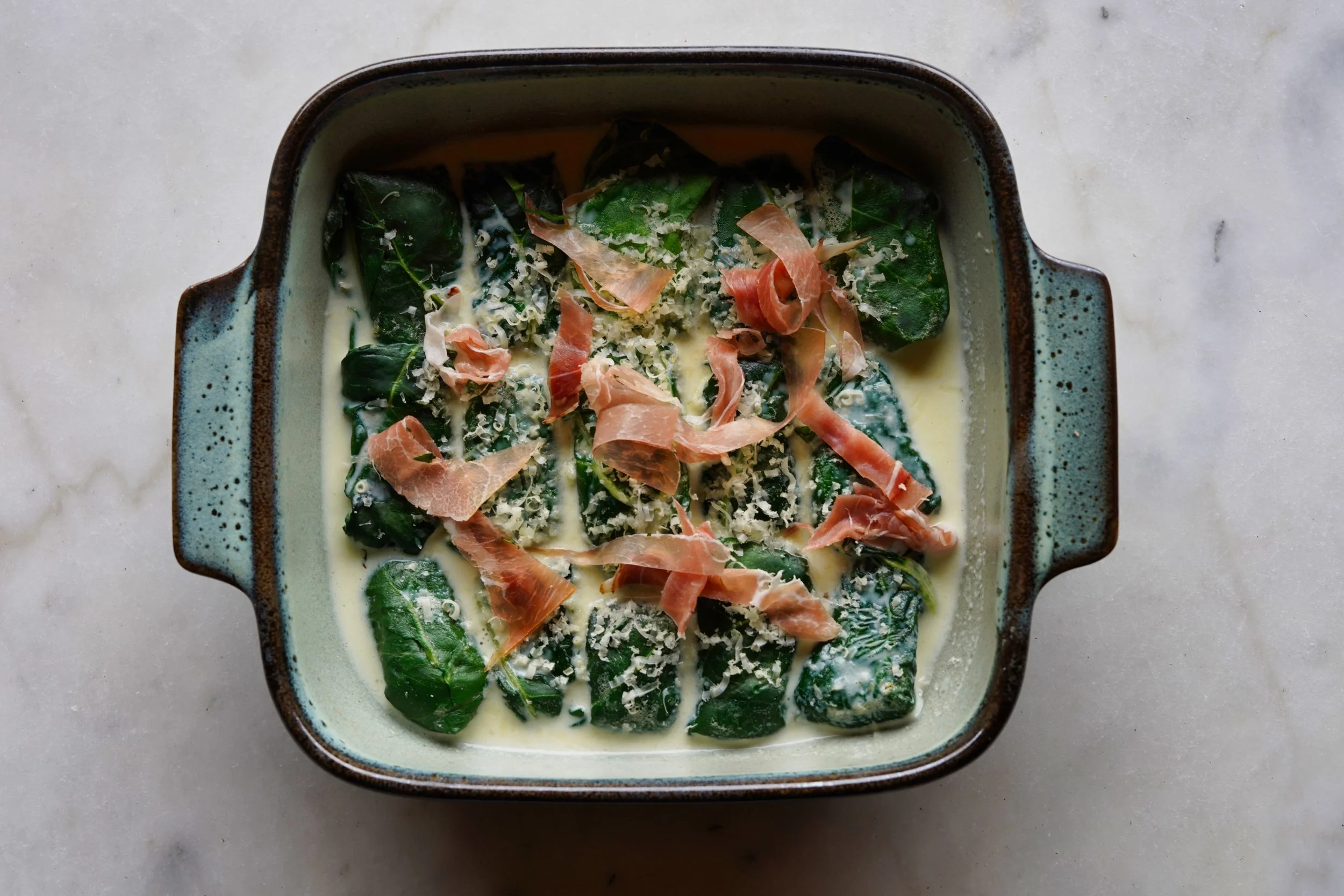Swiss Chard and Schabziger Alfredo
Swiss chard is not native to Switzerland, so what makes it Swiss?
Possibly this bearded fellow, a botanist from Basel named Caspar Bauhin, who tirelessly wrote classification systems for plants.
One theory is that the plant was named after the man who described it, 'Swiss' Bauhin.
Chard is an old vegetable, already widespread in the ancient world, but its history is hard to track because of the many names it has taken over time—white beet, leaf beet, silverbeet, Sicilian beet, spinach beet, perpetual spinach, strawberry spinach, Roman kale, etc. The name chard comes from the Latin word for cardoon, carduus, though they are by no means the same vegetable, cardoon being a kind of prickly artichoke.
It's impossible to know whether the 'Swiss' name refers to Bauhin. It will probably remain a mystery, like the other famous vegetable misnomer 'Jerusalem artichoke' (one theory suggests that it's named after a mispronunciation of the Italian 'girasole' (sunflower) artichoke).
Regardless of its name, Swiss chard is a wonderfully colourful vegetable with endless culinary possibilities. Here, the stems become noodles in a creamy Alfredo that features Switzerland's most contentious cheese, Schabziger. If you need a recipe for the leaves, try Capuns.
Thanks to my best childhood friend Jackie, I consider myself a bit of an Alfredo expert. Jackie always used to order the same two dishes at restaurants—Alfredo and French Onion Soup—and because I was a bit of a human garburator (a word that, I just discovered, is uniquely Canadian), I often finished off her plate of pasta when she was full. While lots of Alfredos are thick and stodgy, this one is much more refined. The schabziger gives it a nutty flavour, while the chard stems not only brighten it up colour-wise, but add a slight sweetness.
300 g of fettuccine or tagliatelle noodles
a bunch of colourful Swiss chard stems
80 g Schabziger butter
200 ml cream
100 ml milk
salt, pepper and nutmeg to taste
a block of Schabziger, to garnish
First, put on a pot of cold water to boil the pasta noodles.
In the meantime, process the chard. Remove the leaves and cut the stems into long strips.
When the pasta boils, add the noodles and the strips of chard.
In a separate large pan, combine the schabziger butter, cream, and milk. Heat over medium until the butter has melted. Season with salt, pepper and nutmeg.
Once the pasta and chard have cooked, drain and add directly to the pan of sauce. Mix thoroughly, then serve, grating some schabziger over top.
If you can't find schabziger or schabziger butter (or you can't stand the taste of it), you could try swapping in regular butter and a hard cheese like Parmesan.
The chard leaves can be used for something else entirely, like Capuns, or you couldcut them in strips and add them to the pasta when there are about three minutes of cooking time left, then add them with the stems and noodles to the sauce.
More Schabziger?
Zigerhöräli


